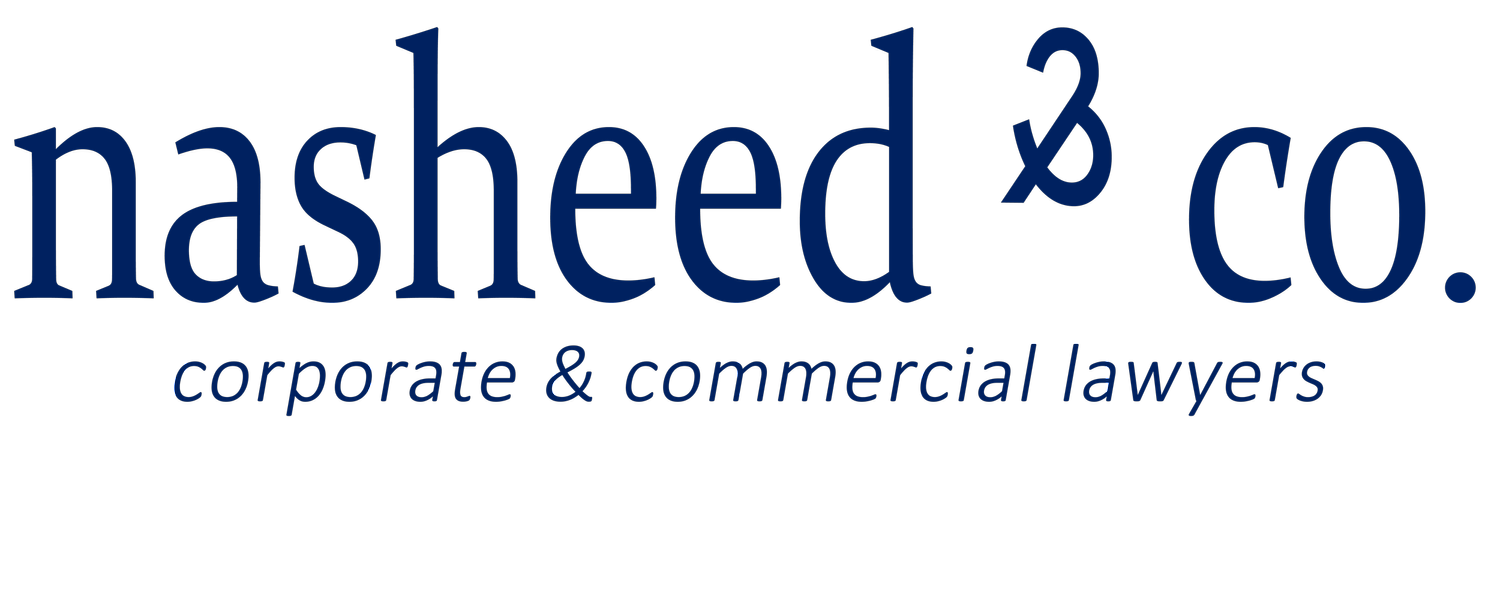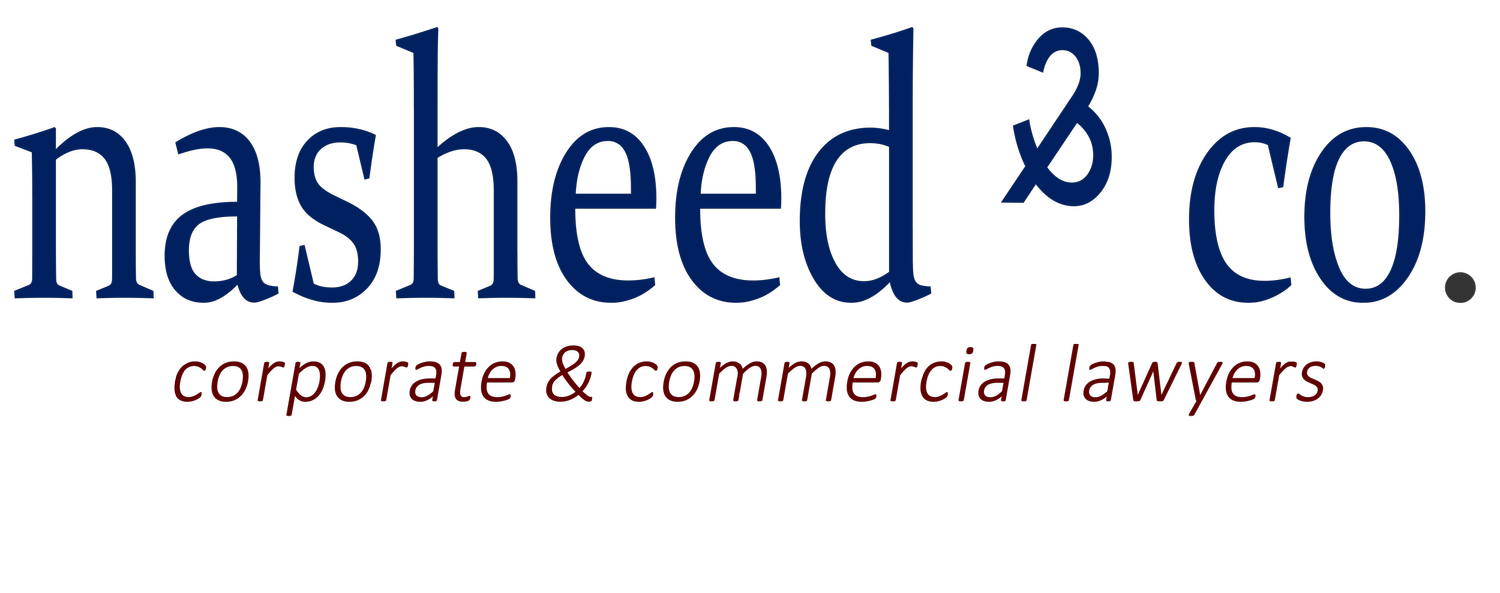Embracing Business Interruption Insurance
The recently published Rapid Livelihood Assessment on the Impact of Covid-19 Crisis in the Maldives gave the first credible glimpse of the extent of loss suffered by people, livelihoods and businesses. Except for those businesses in essential services or driven on innovative technologies, the coronavirus has caused businesses to fold or pivot as the economy fell off a cliff. Almost all commercial enterprises responded by shutting down shop; axing staff; effecting pay cuts; and sending employees on unpaid leave.
The Runway
Good entrepreneurs and finance gurus advise us to keep a runway of three months. The idea is to meet cash flow requirements and ensure business continuity. The purpose is to help businesses remain open and pay bills for at least three months, even if a single sale may not happen. Those enterprises who took such good financial advice may have had some relief over a cash runway of three months by having sufficient cash to burn over this period when businesses were induced to shutter.
Property Insurance
Property Insurance is often taken by almost all resorts and most commercial enterprises. Some of these insurance requirements may be motivated by regulatory framework (laws, regulations and government policy) and financial institutions (banks, insurance and lending agencies) or good business acumen. In almost all these instances, the risks usually covered are invariably limited to physical damage caused to the property due to insurable perils like natural disasters and some manmade perils. Except for resort properties, other commercial enterprises seldom seek additional cover against business interruption for the period of inactivity caused by physical damage. Due to current stresses on capital structure and exposure, it all becomes a question of premium; and therefore cost. If for example a resort is closed due to physical damage for a few months, property insurance will usually cover its reinstatement and there may be additional cover for business interruption as well for the period the property remained out of business. If a shop catches fire and burns down, the property insurance may cover expenses to bring back the physical infrastructure and its inventory, and loss of revenue or income deprived during the period the shop remained closed. In other words, business interruption insurance is often sought by industry actors in close association with and only to cover loss of revenue or income during the period taken to restore a physical asset after it had suffered damage.
Pandemic Insurance
With this pandemic at play, we see a different form of business interruption. It is not associated with any physical damage. However, it can evidently cause a business to fold due to restrictions imposed on borders and movement by the government in combating the infection spreading virus. Among the many lessons this pandemic has taught us, one has been the need to obtain business interruption insurance independent of property insurance. Such an insurance cover would help fend off similar periods of hibernation imposed by an event of force majeure including an act of government, law, or an act beyond one’s control. We often consider insurance premium as a wasted expense. We hesitate to take insurance for the good sense of it. The accompanying premium is taken as a recurrent expenditure to be minimized or eliminated. The havoc created by coronavirus has made us question this long held cultural belief and give it a rethink.If the circuit breaker goes down on a business ever again, it would be immature to think that help would come from the government of the day in the form of handouts or relief packages. Ultimately, it would be the business interruption insurance policy that will help save the business by providing some form of income replacement. For this reason alone, we may have to revisit our views on obtaining business interruption insurance for businesses, and treat premium payments as a valid expense to be factored into the cost of business.
Pandemic Risk
It is equally true that business interruption insurance due to pandemics may be a reluctant area for insurance companies to get involved in. They find it difficult to assess the extent of risk and therefore to quantify it and put a figure on it. In their language, a pandemic (especially of this magnitude) is uninsurable given their risk nature. However, we may be able to find ways to get around the industry hurdles. A structured form of pandemic insurance within the larger business interruption insurance vertical can keep the businesses afloat, retain employees on payroll, and help in revenue replacement and business continuity.
Public Private Partnership Model One option would be for insurance companies and government to share the burden so that each may be insulated against the other. Here, the government could step into the space and agree to bear a percentage of the cover in collaboration with the insurance industry. In this form of partnership, nobody would take the whole of the burden or risk. Everything gets distributed.
Pandemic Pool Model Another option would be to create a Pandemic Pool in the form of a trust fund. We may call it a Pandemic and Epidemic Trust Fund. It can be modeled after the retirement pension fund. All registered businesses may be required by law to contribute a fixed percentage of their annual turnover as a contribution to the trust fund exactly in the same form as business pay taxes and employers pay compulsory pension payments. The contribution can be collected through local insurers. The fund can actually become the reinsurer for local insurers.
Conclusion
It may take a while for us to complete a full post mortem of the effects of this pandemic. However, what is clear is that each time we face an event like this, it makes us suffer a physical loss, business loss, or an economic loss. Each time, it takes us a few years behind. Without expecting the government to help in income replacement or business continuity each time a crisis occurs, it is time we design a new model that will help withstand the stresses on our revenue or income in times of pandemics and epidemics.
Photo: courtesy of Mihaaru


